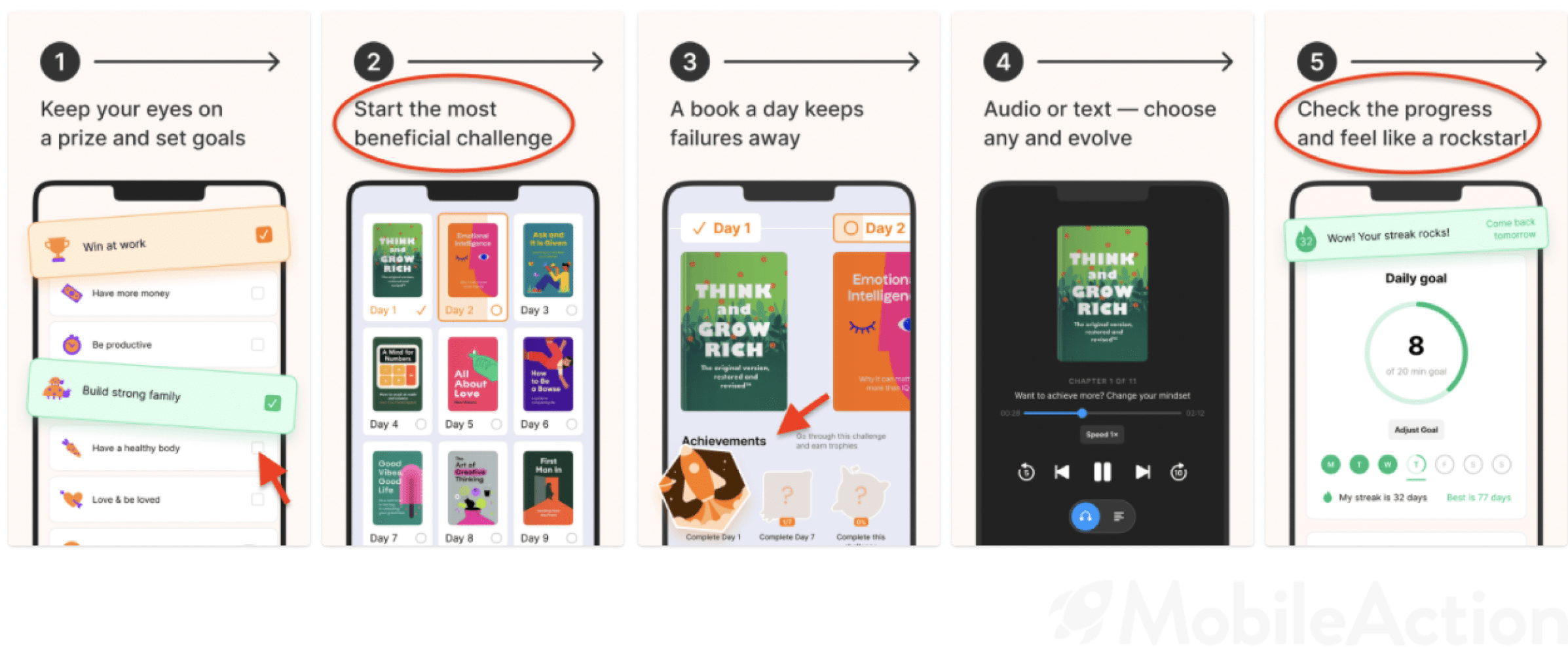Buzz of Connections
Exploring the latest trends in dating, relationships, and social interactions.
Gamify or Die: Captivating Users in a Competitive Landscape
Unlock the secrets to engaging users in a competitive world! Discover how gamification can elevate your strategy and boost retention.
How to Leverage Gamification to Boost User Engagement
In today's digital landscape, gamification has emerged as a powerful tool to enhance user engagement. By incorporating game-like elements, such as points, badges, and leaderboards into your content or application, you can create a more immersive experience for users. This can lead to increased motivation and participation. According to a study by Gartner, over 50% of organizations will use gamification by 2025 to boost their customer engagement strategies. Consider implementing gamification tactics like rewards for completing challenges or interactive quizzes that encourage users to interact with your content more frequently.
To effectively leverage gamification, start by identifying what drives your audience's engagement. Here are some strategies to consider:
- Set Clear Goals: Define what users need to accomplish to earn rewards.
- Provide Instant Feedback: Ensure users receive immediate responses to their actions.
- Create a Narrative: Craft a compelling story that encourages users to continue participating.
By thoughtfully integrating these elements, you can significantly enhance user interaction and create a loyal community around your content.

Counter Strike is a competitive first-person shooter game that has captivated millions of players worldwide. The gameplay focuses on teamwork and strategy, where players can choose to be part of either the Terrorist or Counter-Terrorist teams. Many players look for ways to enhance their gaming experience, and using a winz.io promo code can provide some exciting benefits.
The Psychology Behind Gamification: What Keeps Users Coming Back?
The psychology behind gamification offers fascinating insights into user engagement that can significantly benefit businesses and educators alike. At its core, gamification leverages the principles of game design to encourage participation and motivation by tapping into intrinsic human desires such as competition, achievement, and social interaction. For instance, elements like points, badges, and leaderboards create a reward system that activates the brain's pleasure centers, thereby making tasks feel more engaging and rewarding. By providing these incentives, users are motivated not only to complete tasks but to return repeatedly, as the anticipation of rewards can foster a sense of accomplishment and belonging.
Moreover, the psychological triggers inherent in gamification are multifaceted. For example, the concept of self-determination theory highlights how autonomy, competence, and relatedness are fundamental to user satisfaction. When users feel they have control over their progress (autonomy) and experience success in their tasks (competence), they are more likely to establish a long-term connection with the platform. Additionally, social features such as team challenges or community recognition can satisfy the psychological need for connection (relatedness), further enhancing users' desire to return. In essence, gamification transforms mundane activities into exciting challenges, making them irresistible and encouraging sustained engagement.
Are You Ready to Gamify? Key Steps to Transform Your Platform
Gamification is revolutionizing how platforms engage users, turning mundane tasks into an exciting challenge. If you're considering this transformative strategy, here are key steps to get you started. First, identify the primary objectives you hope to achieve through gamification. Are you looking to boost user engagement, enhance learning, or increase customer loyalty? Establishing clear goals will guide your design decisions and ensure your gamification efforts align with your overall platform strategy.
Once your goals are set, it's time to design your elements. Consider incorporating features such as leaderboards, badges, and rewards to motivate users. For example, a leaderboard can foster friendly competition among users, while badges can serve as a tangible acknowledgment of achievements. Make sure to continually assess and iterate on these features based on user feedback and engagement metrics. This ensures that your gamified platform remains dynamic and responsive to the needs of your audience.